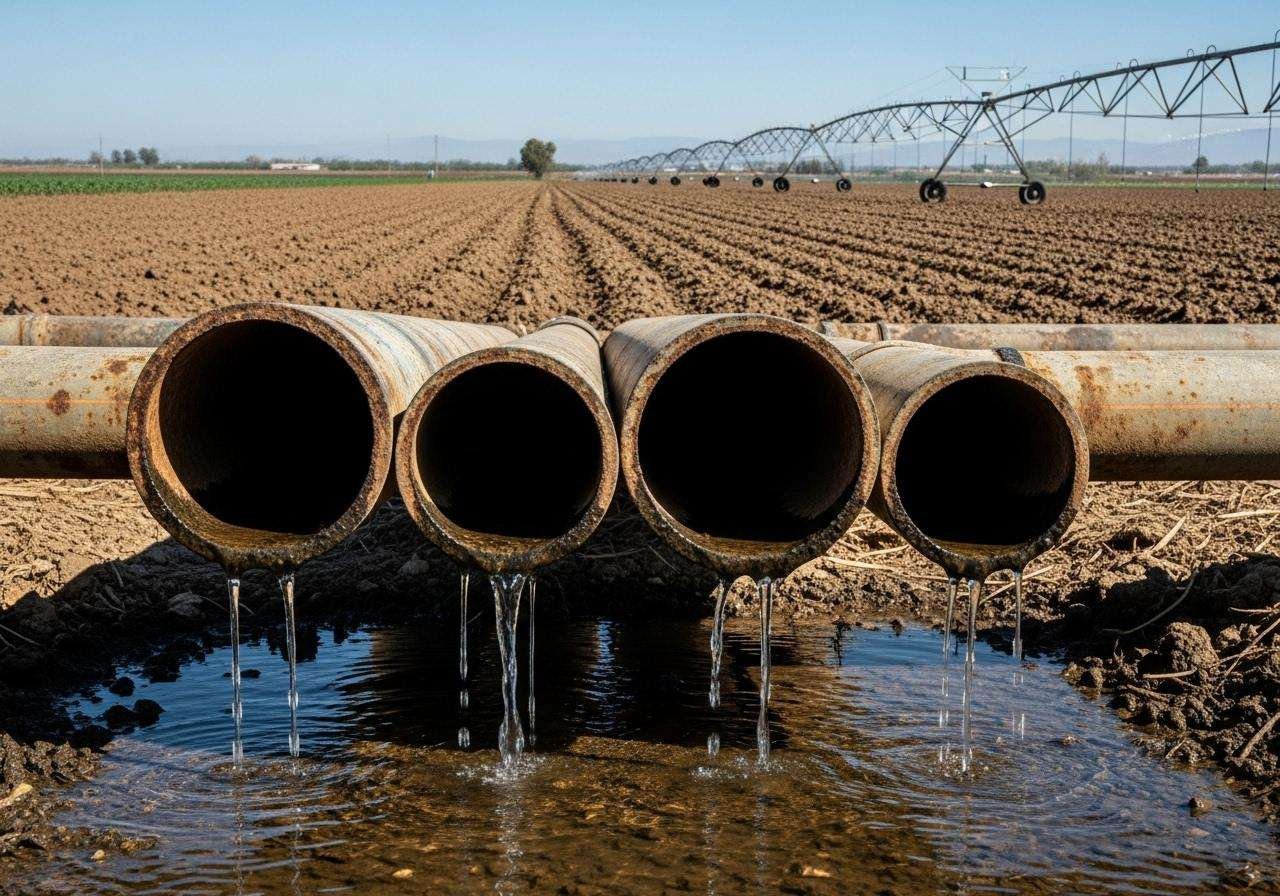 Introduction: An Overview of England’s Water Crisis
Introduction: An Overview of England’s Water Crisis
England is known for its lush, green landscapes and rainy weather, yet it now faces an unexpected challenge: water scarcity. The notion that a country synonymous with overcast skies and frequent drizzle might run out of water seems counterintuitive, but the reality is becoming increasingly pressing. This emerging crisis could significantly impact both the population and the environment if not addressed promptly. So, how did England find itself on the brink of a water shortage?
England’s Climate and Rainfall Patterns
Traditionally, England’s climate has been characterized by moderate temperatures and steady rainfall throughout the year. However, things are changing, largely due to climate change influences. According to the UK Met Office, we’re witnessing shifts in weather patterns that result in prolonged dry spells and sudden deluges rather than consistent rainfall. This alteration in precipitation patterns means that rain doesn’t always fall where it’s most needed. Urban centers, home to the majority of the population, often find themselves dry during critical periods, exacerbating the water supply issues.
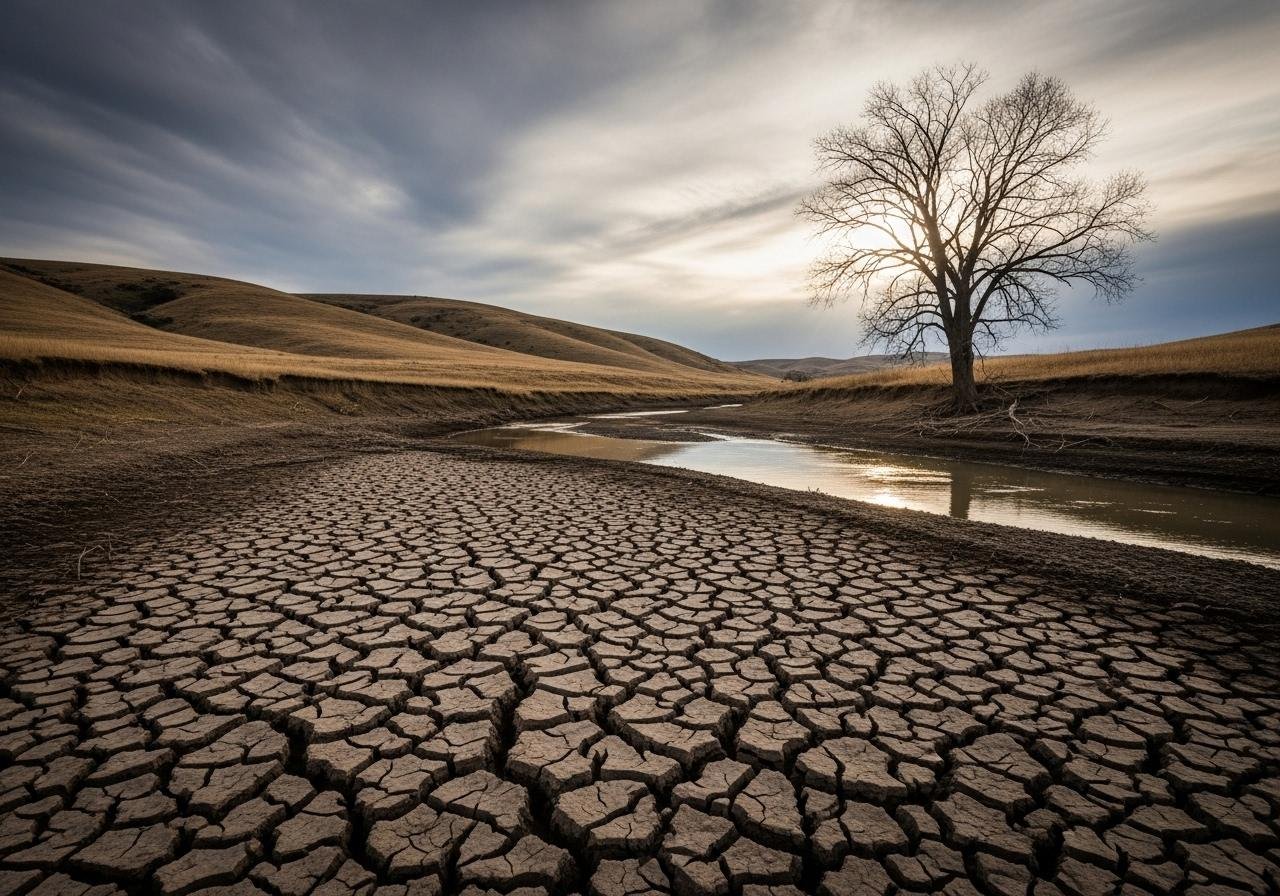
Growing Population and Urbanization
England’s population is growing, and with it, the demand for water. The United Nations reports that England’s urban areas are expanding rapidly, exerting pressure on outdated water supply systems. Despite increasing water needs, urban areas haven’t kept pace with necessary infrastructure updates. Policies regarding water allocation and usage in urban settings are crucial, yet they often fall short of addressing the complexities of modern urban living.
Aging Infrastructure and Lost Resources
One of the main culprits behind the water scarcity issue is England’s aging water infrastructure. Many of the pipes and systems are decades old, leading to significant water losses due to leaks. The Financial Times reports that millions of liters are wasted daily before reaching their intended destinations. Upgrading these systems presents both a financial and logistical challenge, yet it’s a crucial step in solving England’s water woes.
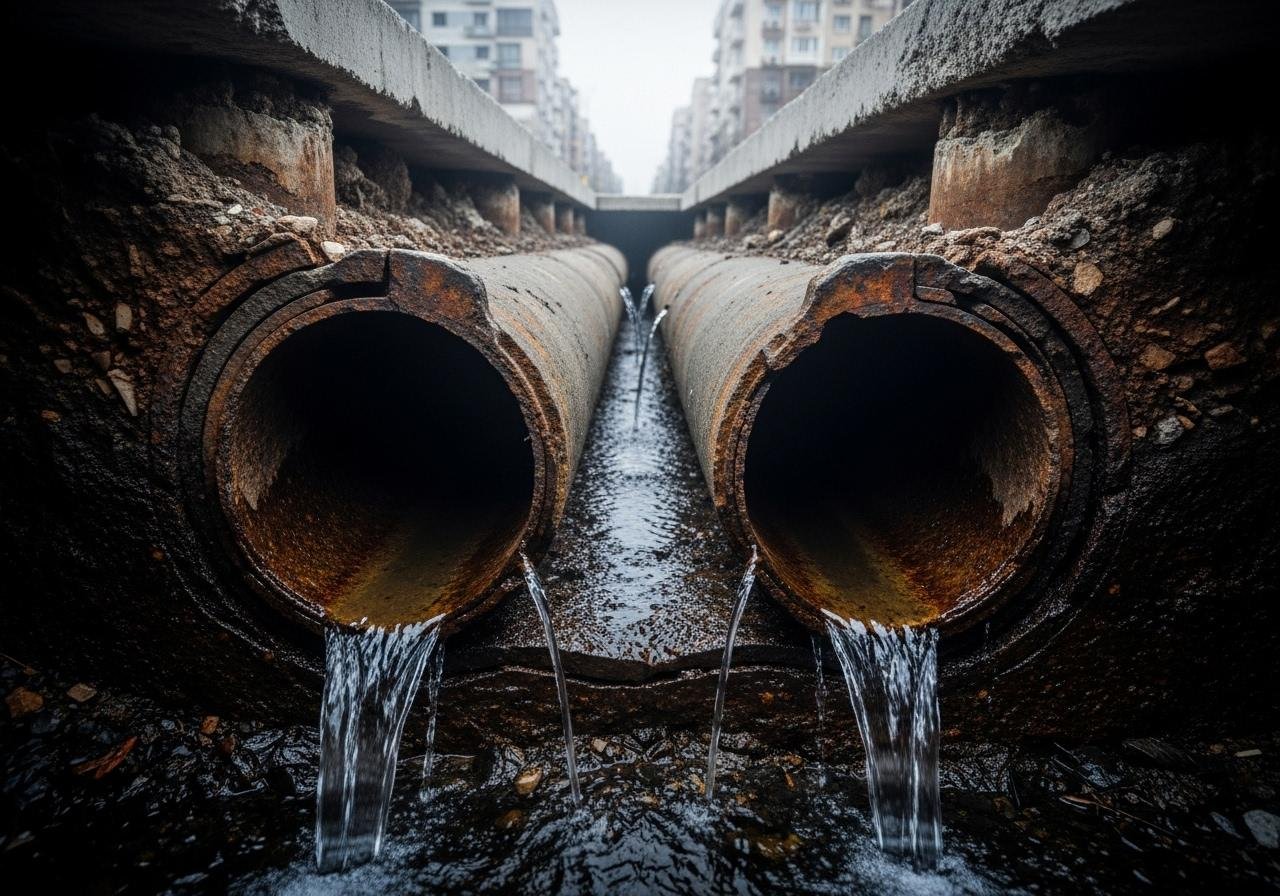
Agricultural Practices and Water Usage
Agriculture is a significant water consumer in England, utilizing vast quantities for crop irrigation and livestock. Modern farming techniques, while efficient in boosting yields, often require substantial water inputs. Encouraging more sustainable water usage in agriculture is essential for balancing the needs of food production with water conservation.
Environmental and Regulatory Factors
Environmental regulations play a pivotal role in managing water resources. Balancing ecological preservation with human needs presents an ongoing dilemma. For instance, regulations may prioritize maintaining river ecosystems, which can limit the water available to cities and farms. Government policies and restrictions aim to create this balance, but they often end up sparking debate among stakeholders.
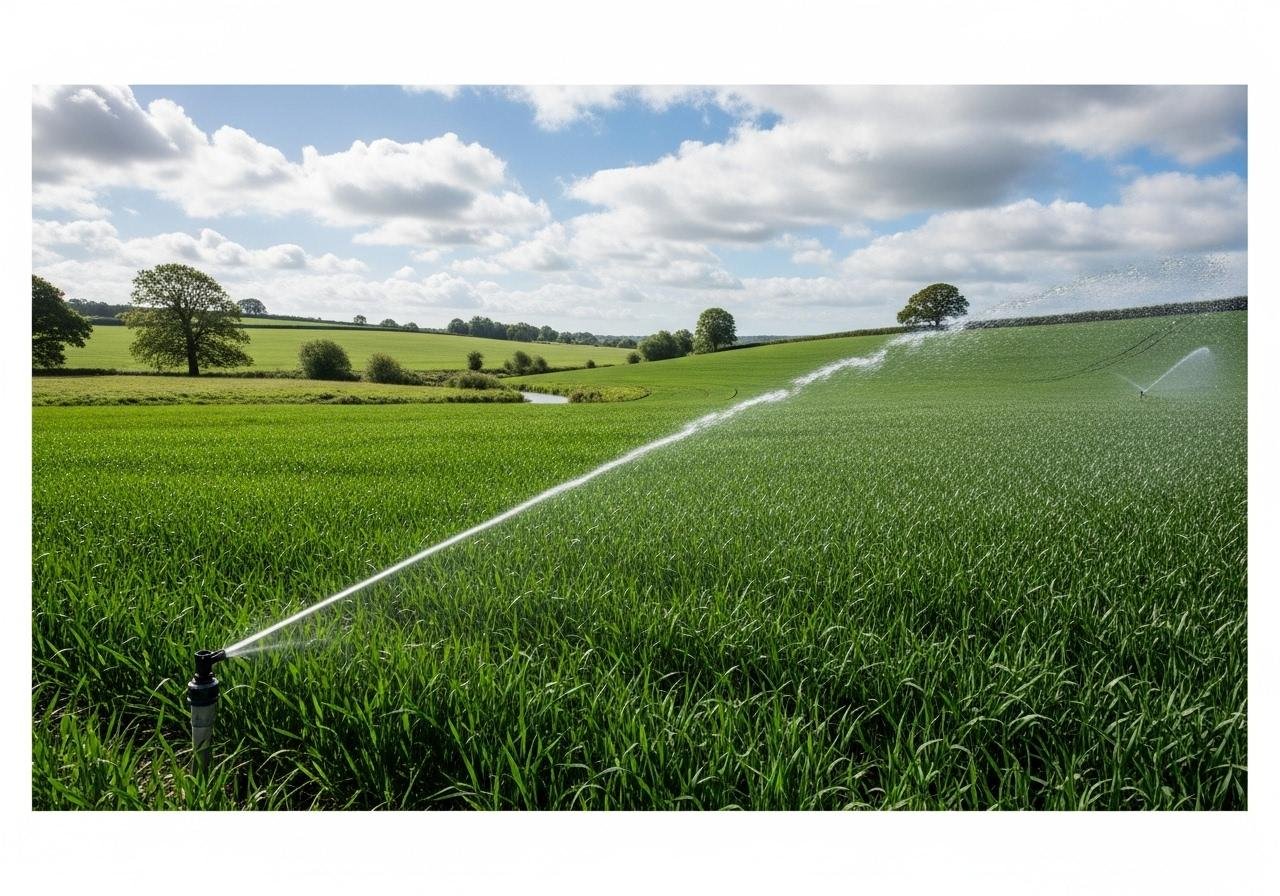
Potential Solutions and Innovations
There are promising technologies and solutions aimed at improving England’s water efficiency. Innovations in water recycling and new technologies to detect and fix leaks more efficiently are gaining traction. Public awareness campaigns and educational programs about water conservation also play a critical role. Renewable energy, such as solar and wind, can support these initiatives by providing clean power for water treatment and pumping systems, further enhancing sustainability efforts.
Future Outlook and Challenges
Looking ahead, experts project that England’s water resources will continue to face challenges. Climate models from the IPCC suggest increasing variability in rainfall, combined with rising demands from an ever-growing population. Addressing these issues will require immediate attention, innovative solutions, and a concerted effort from all stakeholders to build resilience against future water scarcity.
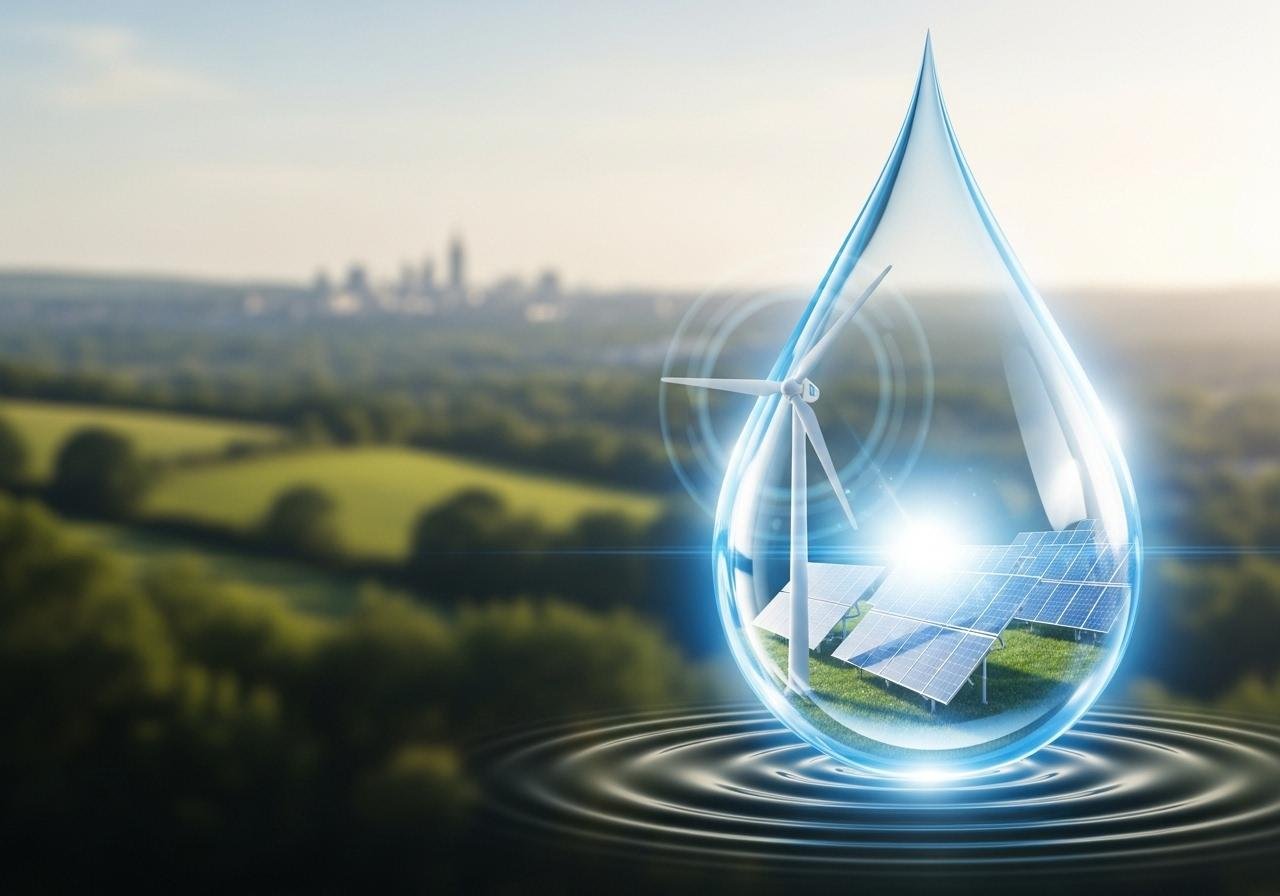
FAQ Section
How serious is England’s water scarcity issue?
England faces significant water scarcity due to climate changes, aging infrastructure, and rising demand from population growth and agriculture.
Why is infrastructure a problem for England’s water supply?
What role does agriculture play in England’s water crisis?
Agriculture is a major water consumer, and while modern practices increase efficiency, they still demand significant water resources.
Summary Box
- England faces unexpected water scarcity despite frequent rain.
- Changing climate patterns disrupt traditional rainfall distributions.
- Aging infrastructure and urban growth strain water supplies.
- Sustainable farm practices are critical for water conservation.
- New technologies and public awareness can help address the crisis.
This article is for informational purposes only.
Reference: The Guardian
The post How can England possibly be running out of water? appeared first on Green.org.














